What is the Rumored Japanese Odyssey? #02
2015, aiming for July 18th.
A serialized essay by photographer Eigo Shimojo, who continues to follow ‘The Japanese Odyssey,’ an ultra-long-distance and intensely core ride event held in Japan. The second installment covers the spirit of self-support that sustains ultra-long-distance rides and the journey leading up to his first participation…?
Table of Contents
1. Ultra-Distance and Self-Supported
2. The Pioneering ‘The Transcontinental Race’
1. Ultra-Distance and Self-Supported
To succinctly describe the characteristics of ‘The Japanese Odyssey’ (TJO), there are two key terms: ‘ultra-distance’ and ‘self-supported.’ Most races involve covering a set route of hundreds to thousands of kilometers, with the goal of completing it within a 1 to 2-week time limit, relying entirely on one’s own efforts.
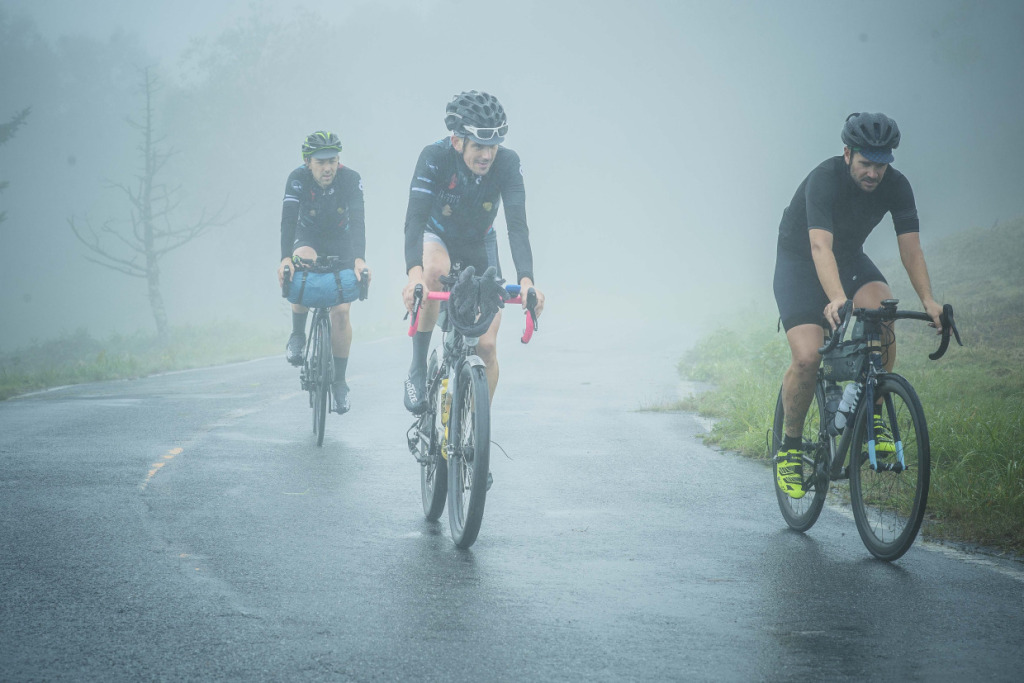
Though it is a so-called endurance race, TJO’s distance and duration were beyond the norm for amateur races. The reality of ‘ultra-distance’ racing necessitates running day and night if one aims to finish, and the difficulty of self-support increases in proportion to the distance. Despite its seemingly unconventional format, it quickly gained acceptance and spread around the world.
Moreover, it had the potential to create a powerful trend in an industry that could sometimes feel stagnant. This was despite not being a sponsored race led by competitive organizations or manufacturers.
I want to emphatically say that it is a culture born from connecting the passions of amateur cyclists.
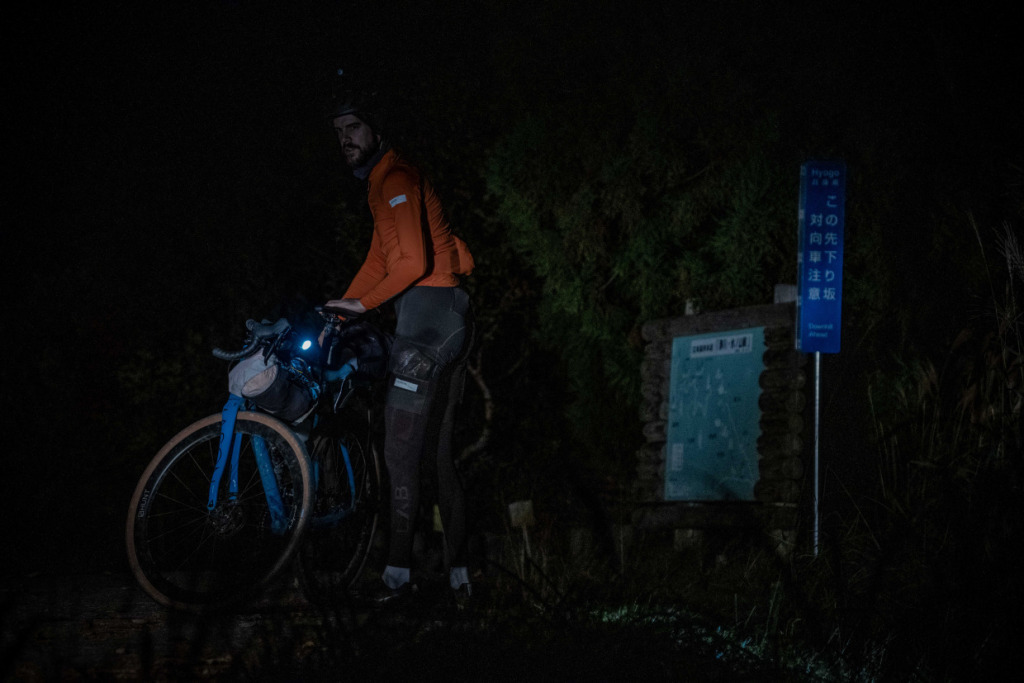
The message of ‘ultra-distance’ and ‘self-supported’ extends the scope of cycling’s essential appeal of long rides, revealing possibilities I hadn’t anticipated.
I was thrilled.
It’s an ultra-extreme grassroots race created by amateur cyclists, for amateur cyclists, and driven by amateur cyclists!
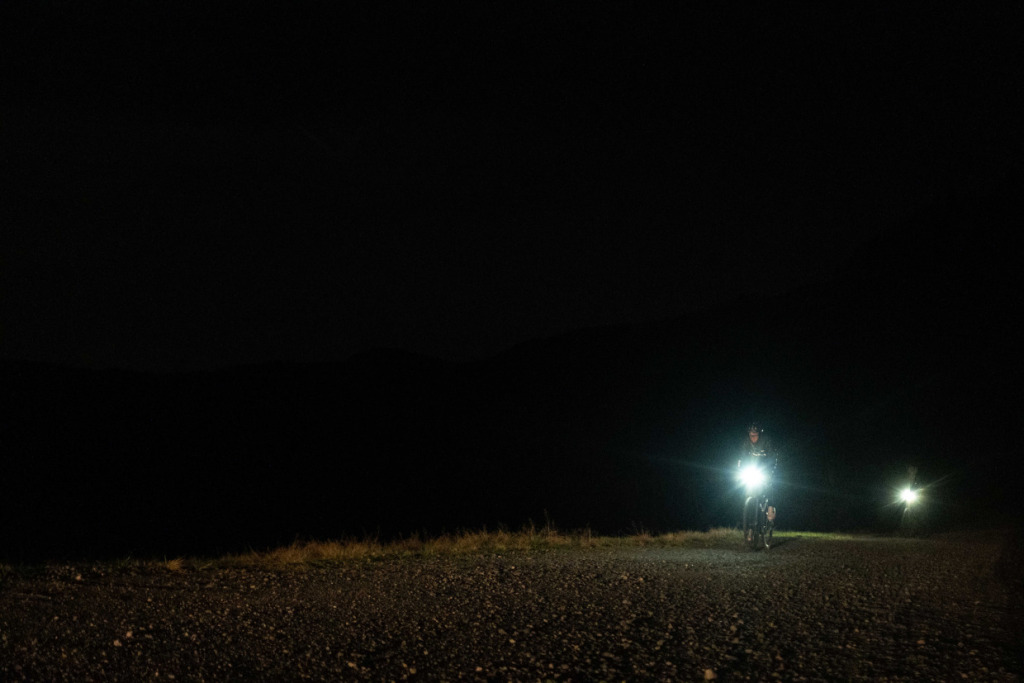
2. The Pioneering ‘The Transcontinental Race’
The Transcontinental Race (TCR), which started in 2013 as a journey from London to Istanbul covering 4,200 km one-way, can undoubtedly be said to have ignited the hearts of amateur cyclists around the world as a pioneer of ultra-distance racing.
Even I, as a humble cycling enthusiast from the Far East, was thoroughly inspired. TCR influenced and became a template for the numerous events that followed.
I will provide more details about TCR in due course.
Let’s get back to the topic.
In any case, the announcement of the TJO event was the very ‘ultra-distance’ experience I had been eagerly anticipating. Upon rechecking the announcement, I saw that the website listed the start date as July 18, 2015, with the departure from Sapporo. The concrete and understandable Japanese proper noun, Sapporo, gave it a sense of reality.
This was something I couldn’t afford to miss.
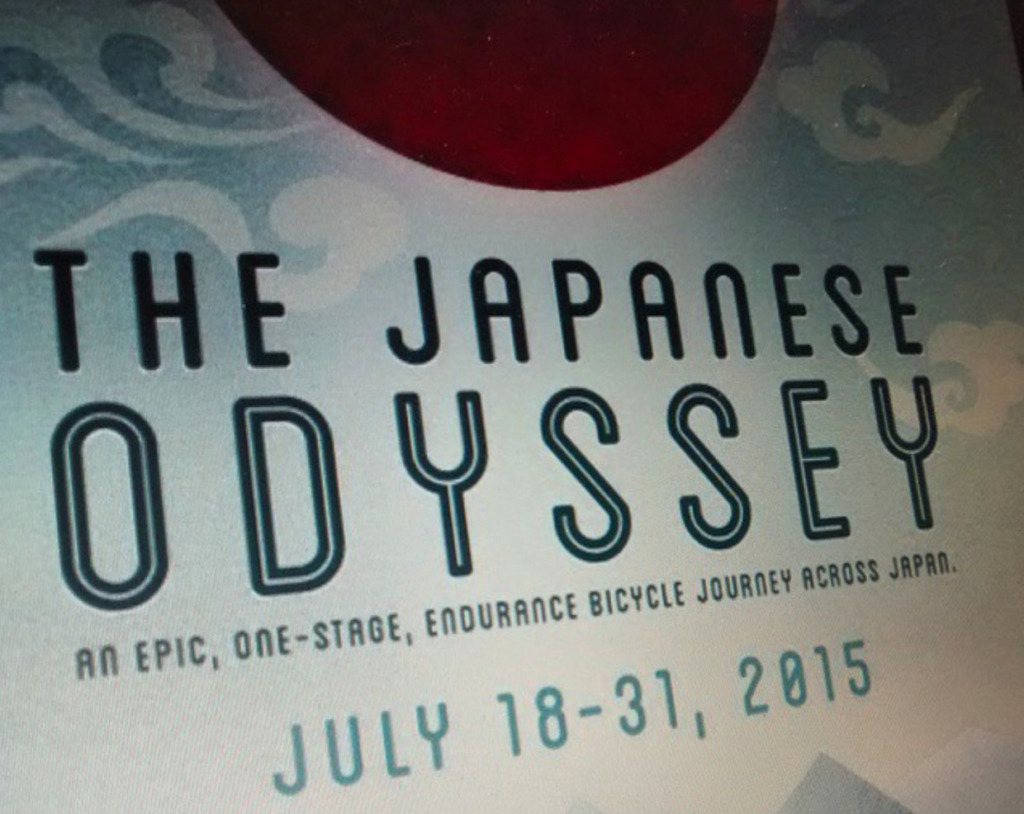
For several months after that, I eagerly monitored the official website and social media for updates. However, despite my waiting, no new information was provided, and the event date arrived. Time passed mercilessly. Without any knowledge of the race progress or participants, the year ended with lingering frustration and uncertainty.
In the end, I was unable to cover the event.
Much later, when I finally interviewed the organizers, I learned that the total number of participants in the first TJO was six, including the two organizers. Only two of them completed the race. This shows just how minimal the first ‘ultra-distance’ race in Japan was.
*The 2015 course was 3,200 km from Sapporo to Kagoshima, with an elevation gain of 25,000 meters (according to editorial research).

“To be continued”
Next time:
Toward The First Year of my “The Japanese Odyssey”
🚴♂️The Japanese Odyssey Official Website
https://www.japanese-odyssey.com/
🚴♂️What is the Rumored Japanese Odyssey?
#01 Into the World of Ultra-Distance
#02 2015, aiming for July 18th.
#03 Toward The First Year of My “The Japanese Odyssey”
#04 A crazy setup.
#05 The mastermind behind the “mystery”
#06 “Japan favoritism” or “Bias towards Japan”
Text&Photo_ Eigo Shimojo
Profile
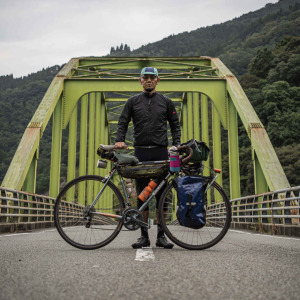
Eigo Shimojo
Born in Nagano Prefecture in 1974
Belongs to IPU Japan Photographers Union
He became independent in 2000 as a freelancer and established Greenhouse Studio, which handles a wide range of photography and video production.
His life’s work is pursuing underground HIPHOP and bicycle culture around the world.